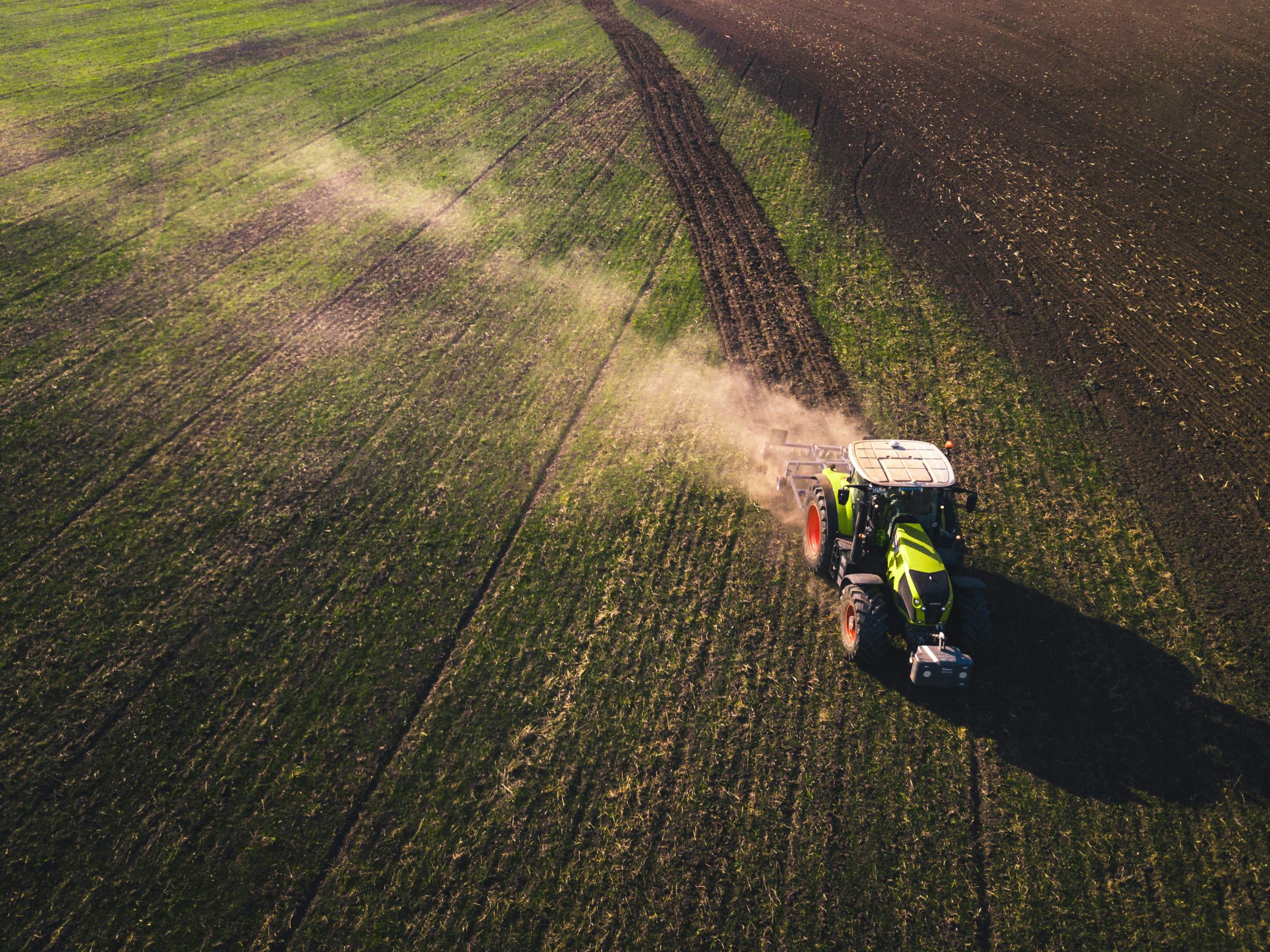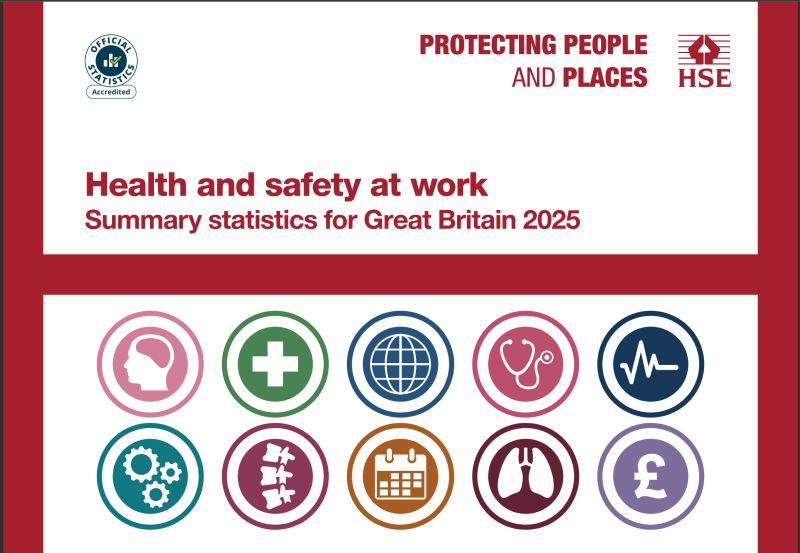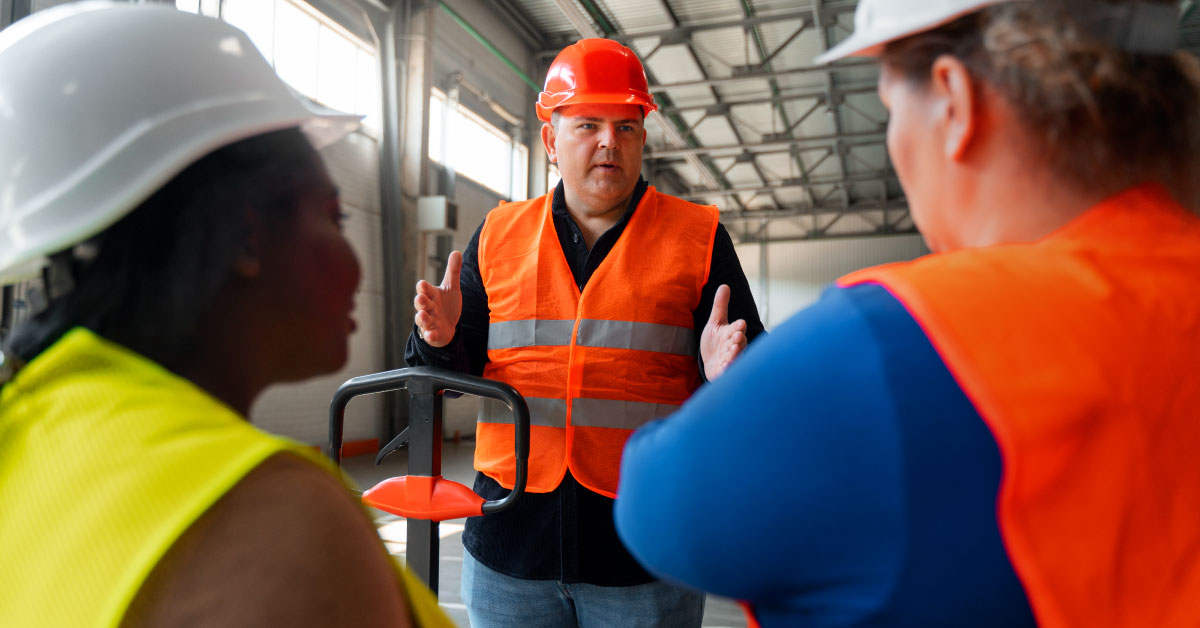Farming: One of the UK’s Most Dangerous Professions
Agriculture remains the beating heart of Britain’s rural economy. But behind the resilience and determination of our farming communities lies a sobering truth: farming is one of the most dangerous industries in the UK.
According to the HSE, over the past decade, nearly one person per week has been killed due to agricultural work. Many more have suffered life-changing injuries or long-term ill health.
In 2024/25 alone, the sector accounted for 23 worker fatalities, giving it one of the highest fatal injury rates per 100,000 workers. The risk extends beyond the workers themselves, affecting family members, children on the farm, and the wider community.
Why Farm Safety Week Matters
Farm Safety Week is not just about statistics; it’s about families, livelihoods, and the future of sustainable farming. It’s a vital opportunity to:
- Raise awareness of the unique risks in agriculture
- Encourage preventative action to reduce deaths, injuries, and illness
- Promote mental health awareness within isolated and high-pressure environments
- Share good practice that can be adopted across the industry
The Real Risks on Farms
Farming carries a diverse set of dangers, often in combination. From moving machinery to livestock handling, the job involves working:
- With dangerous equipment and vehicles
- At heights, near pits and silos
- With chemicals, dusts, and biological hazards
- In remote or lone working conditions
- Under challenging weather and economic pressures
The most common causes of fatal injuries include:
- Being struck by moving vehicles
- Falls from height
- Being struck by falling or moving objects
- Asphyxiation or drowning
- Contact with machinery
- Injury by animals
- Contact with electricity (especially overhead power lines)
Hidden Risks: Ill Health and Underreporting
Farming doesn’t just injure—it can make you ill. Back injuries, musculoskeletal disorders, respiratory problems from dust, and zoonoses (diseases from animals) are all common. Yet underreporting remains a significant challenge: HSE estimates that only 16% of reportable injuries in agriculture are actually reported.
Additionally, more than 12,000 people suffer from a health condition caused or worsened by farm work each year.
Mental Health and Economic Strain
There’s a growing recognition of mental health challenges in agriculture. Isolation, unrelenting workloads, and a culture of stoicism can lead to stress, anxiety, and burnout. In parallel, rising input costs (materials, electricity, fuel) are squeezing farm profits while sale prices remain static. This creates pressures that can reduce staffing levels and encourage risk-taking or unsafe shortcuts.
Poor mental health and economic strain are not separate from physical safety—they’re part of the same equation.
Climate Change: An Emerging Risk Multiplier
The UK’s farming sector is also on the front line of climate change. Weather patterns are shifting: hotter summers, droughts, flooding, and unpredictable conditions are becoming more common.
These changes increase safety risks through:
- Heat stress and dehydration in outdoor workers
- Greater fire risks during dry spells
- Unsafe terrain and vehicle risks in wet or flooded areas
- Structural damage to buildings and increased wear on machinery
Adaptation isn’t optional—it’s essential. Farms need to incorporate weather resilience into both operations and safety planning.
Building a Safer Farming Future
Safety in agriculture isn’t just about following rules—it’s about leadership, culture, and commitment. Here’s what that looks like:
- Treating health and safety as core to farm management
- Designing work to reduce lone working and risk exposure
- Encouraging honest conversations around stress, fatigue, and safety
- Adopting sensible control measures without adding red tape
- Making reporting simple and encouraged
- Using PPE, equipment guards, vehicle safety systems, and risk assessments effectively
Final Thoughts
The road to safer farming isn’t always easy, but it is essential. Whether you’re running a family farm or managing a large estate, investing in safety is an investment in people, productivity, and the long-term viability of the industry.
To all health and safety professionals supporting agriculture: keep having the conversations, keep challenging unsafe habits, and keep influencing change.
We may not be able to stop every accident, but together we can reduce risks and protect lives.
Want to explore how we support agricultural teams through training and upskilling? Get in touch for a tailored conversation about what works for your team including our agriculturally focused Lone Working First Aid course.




